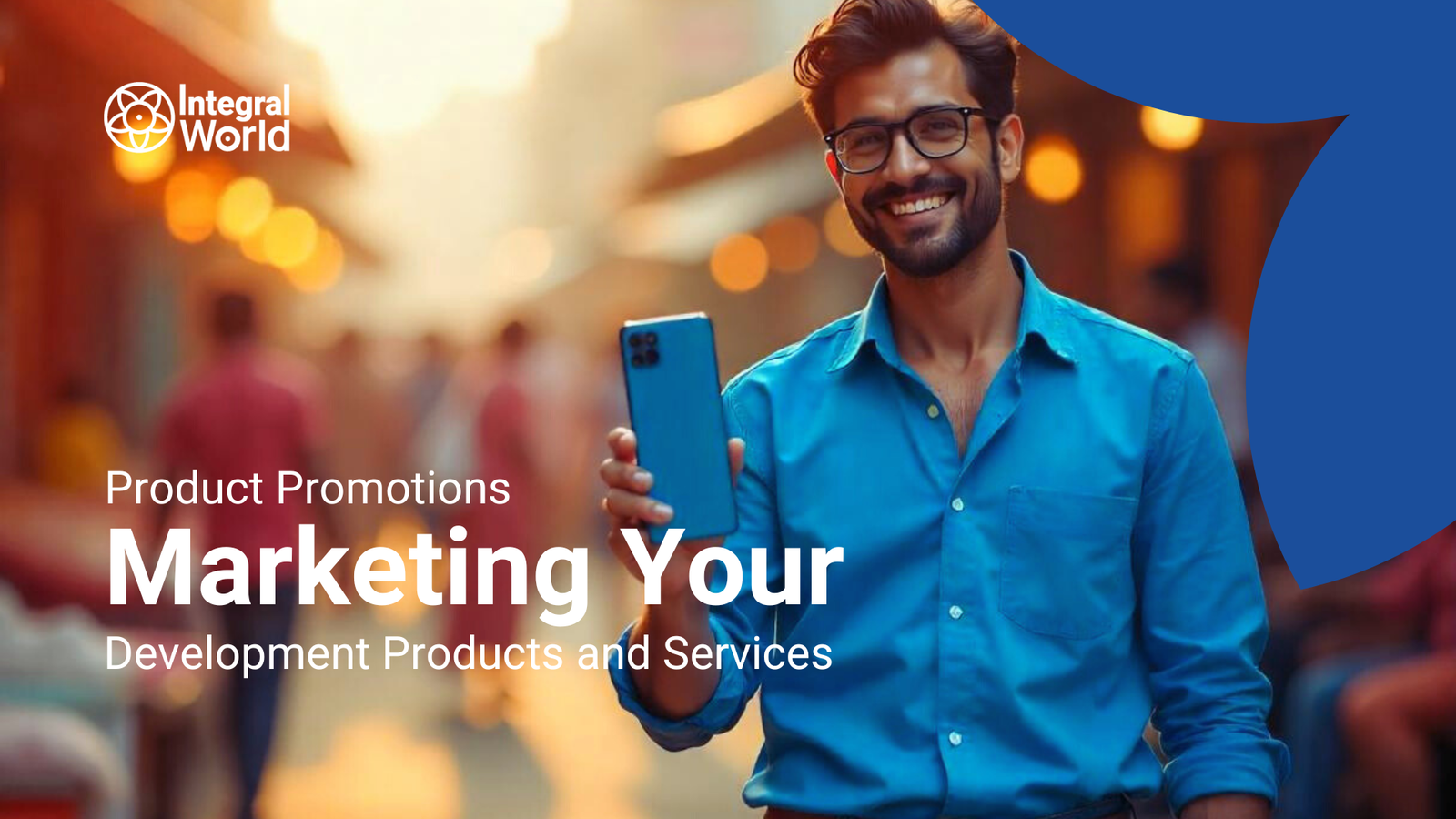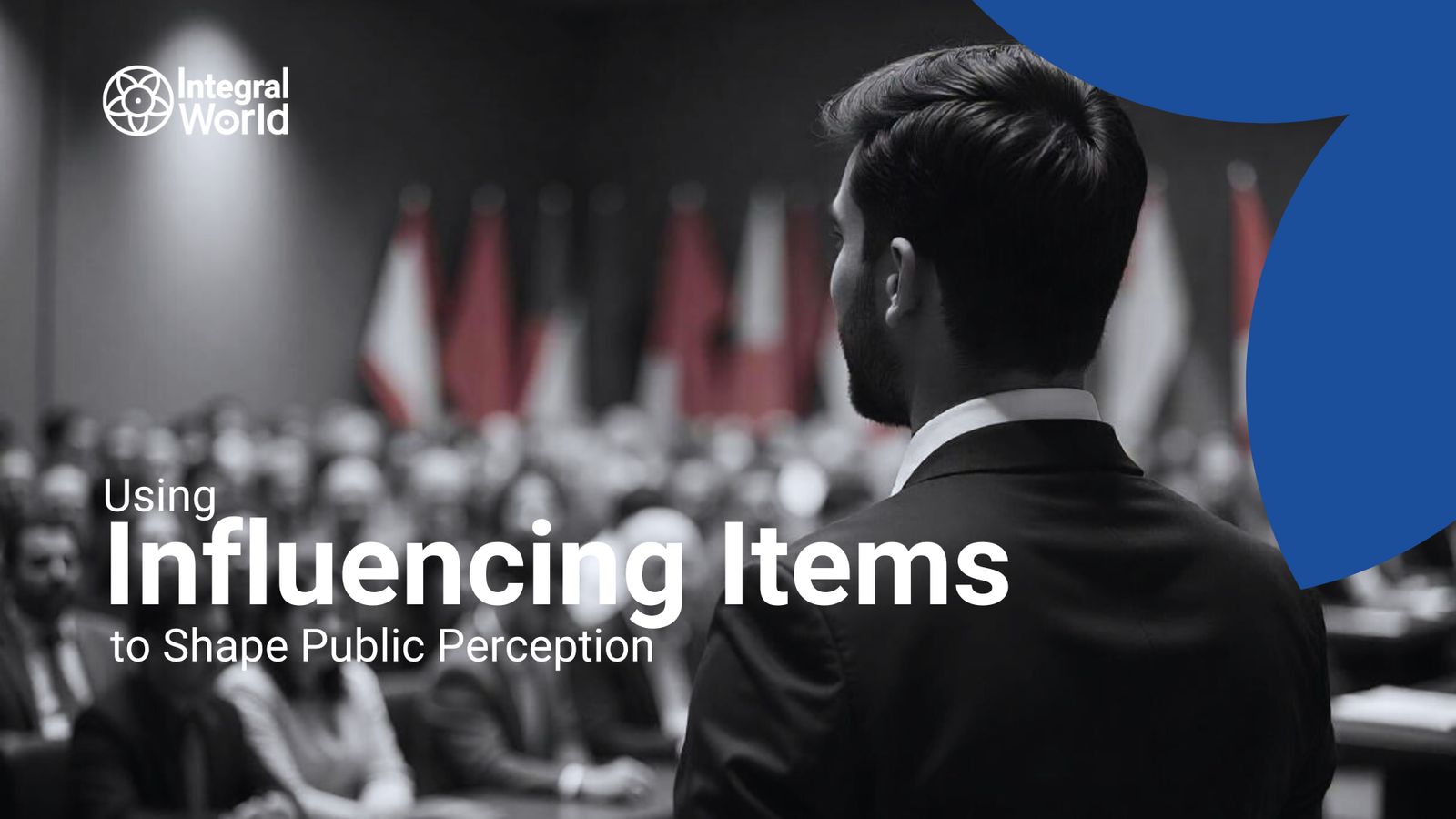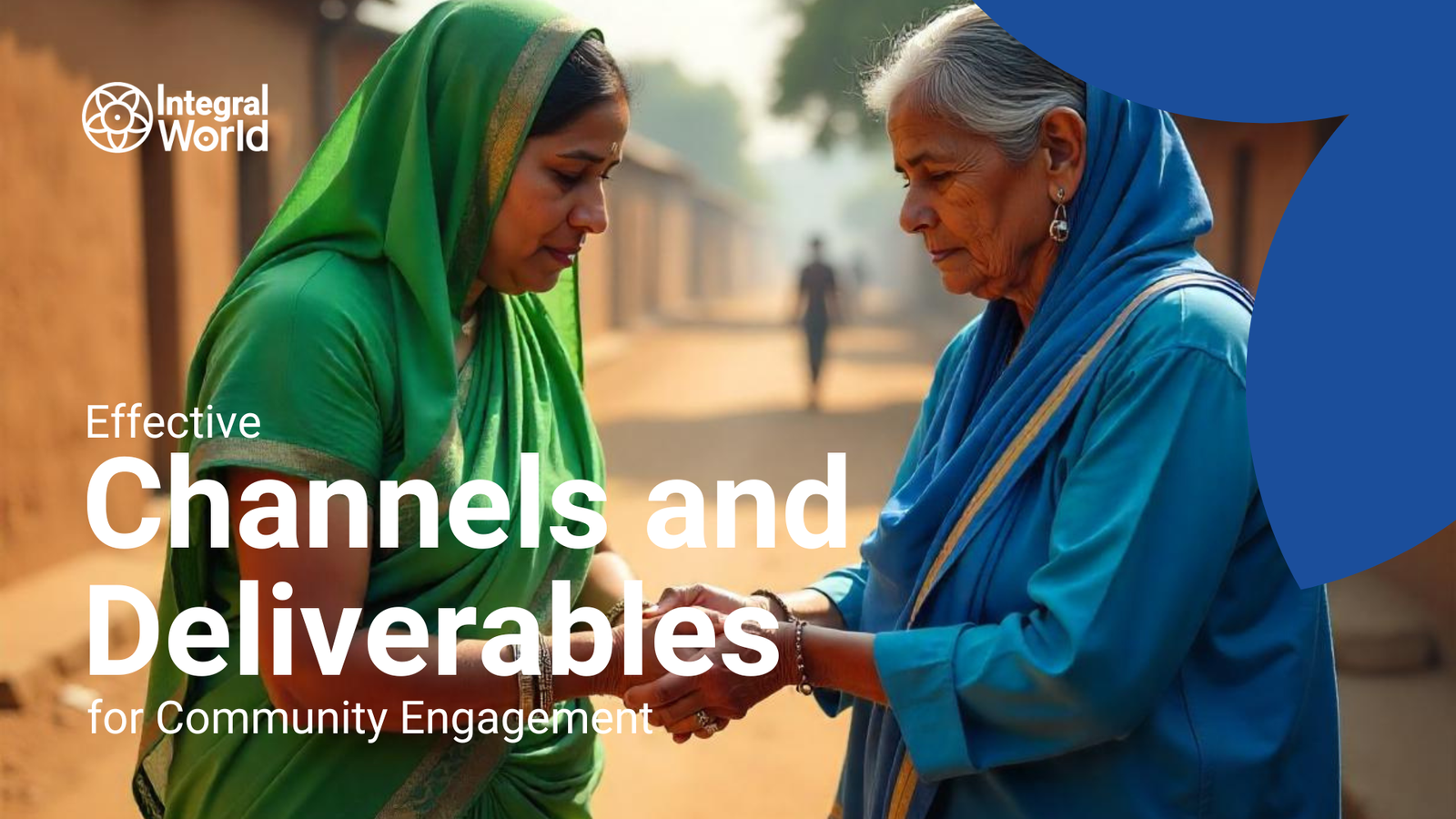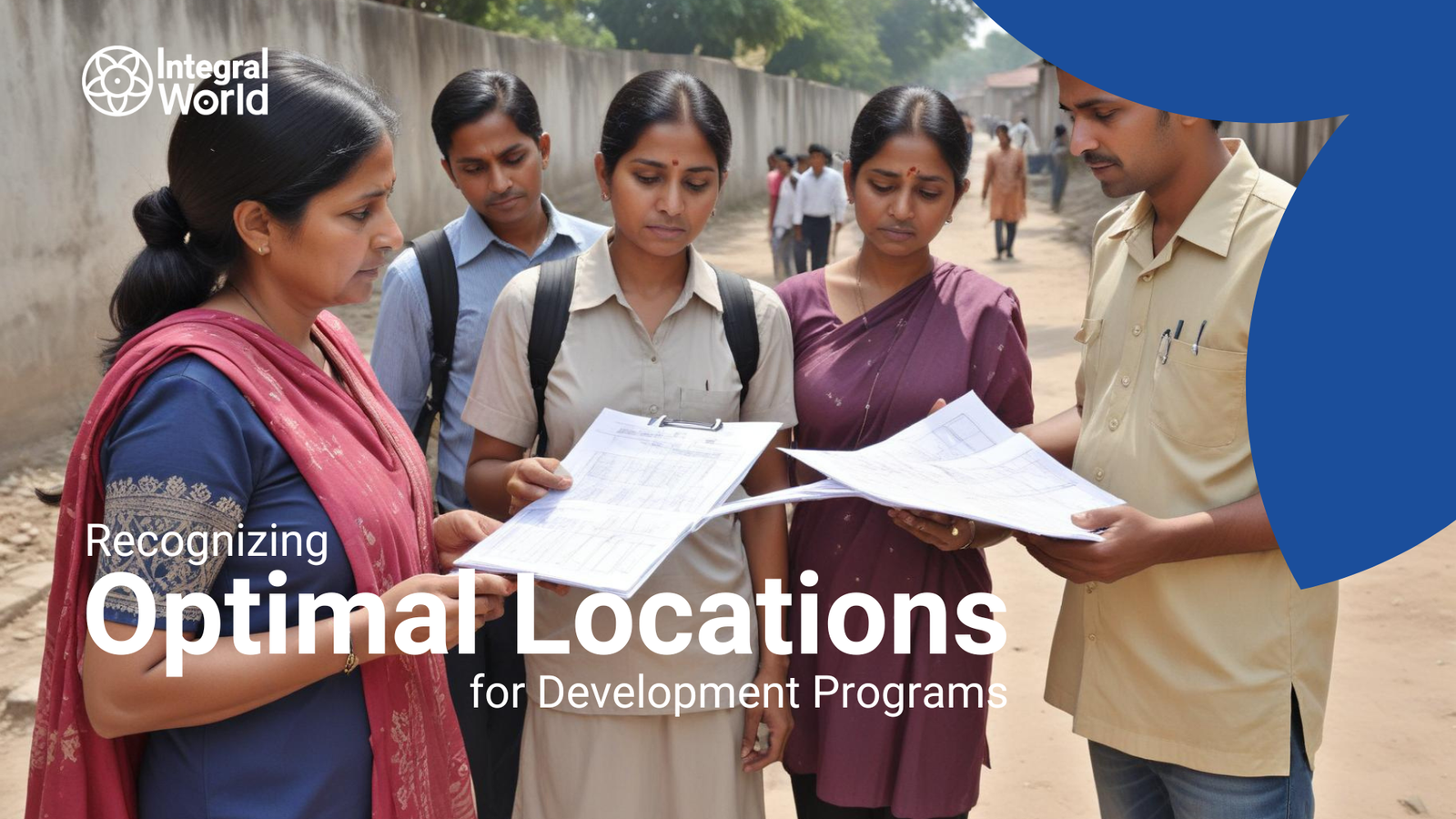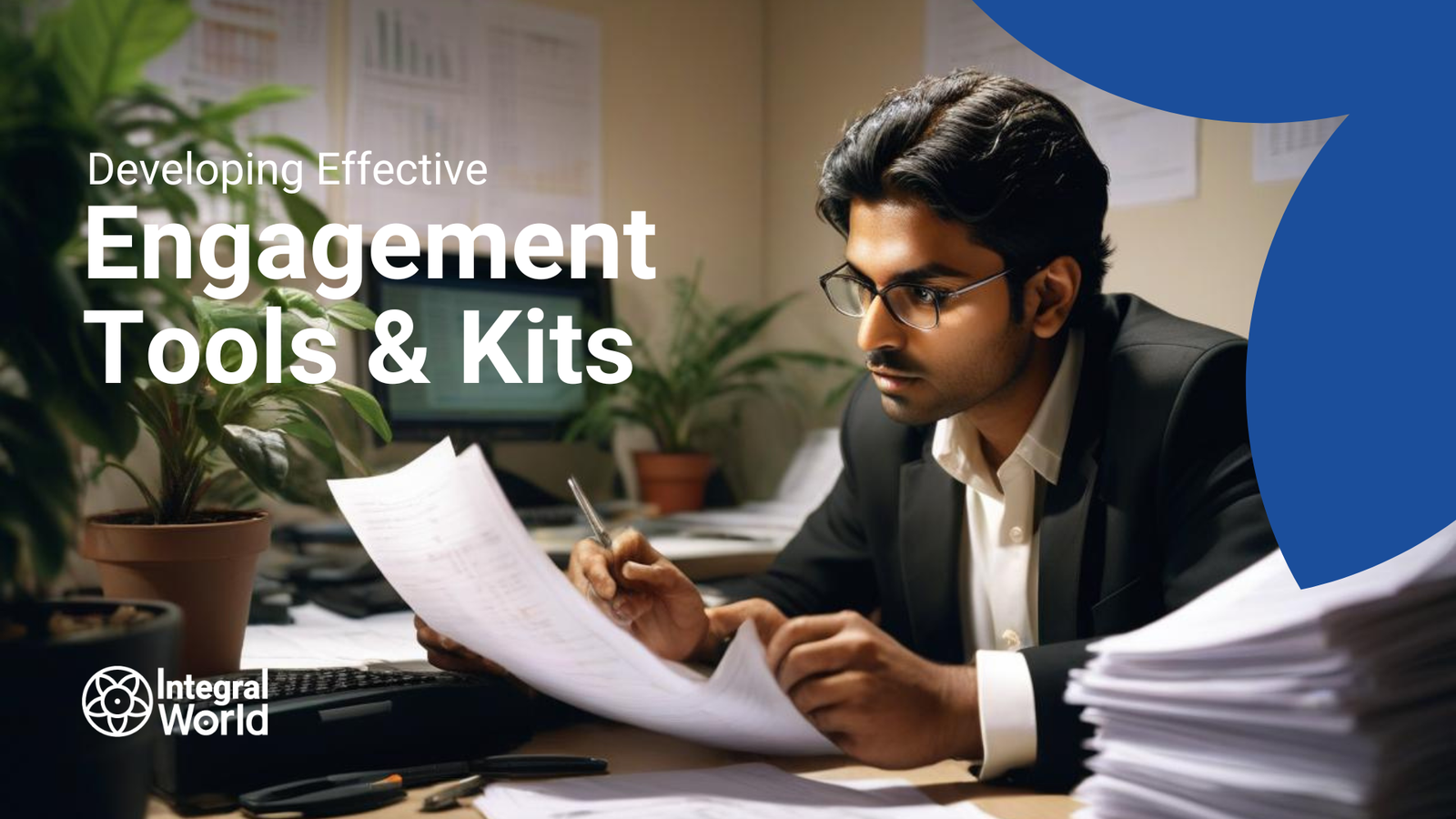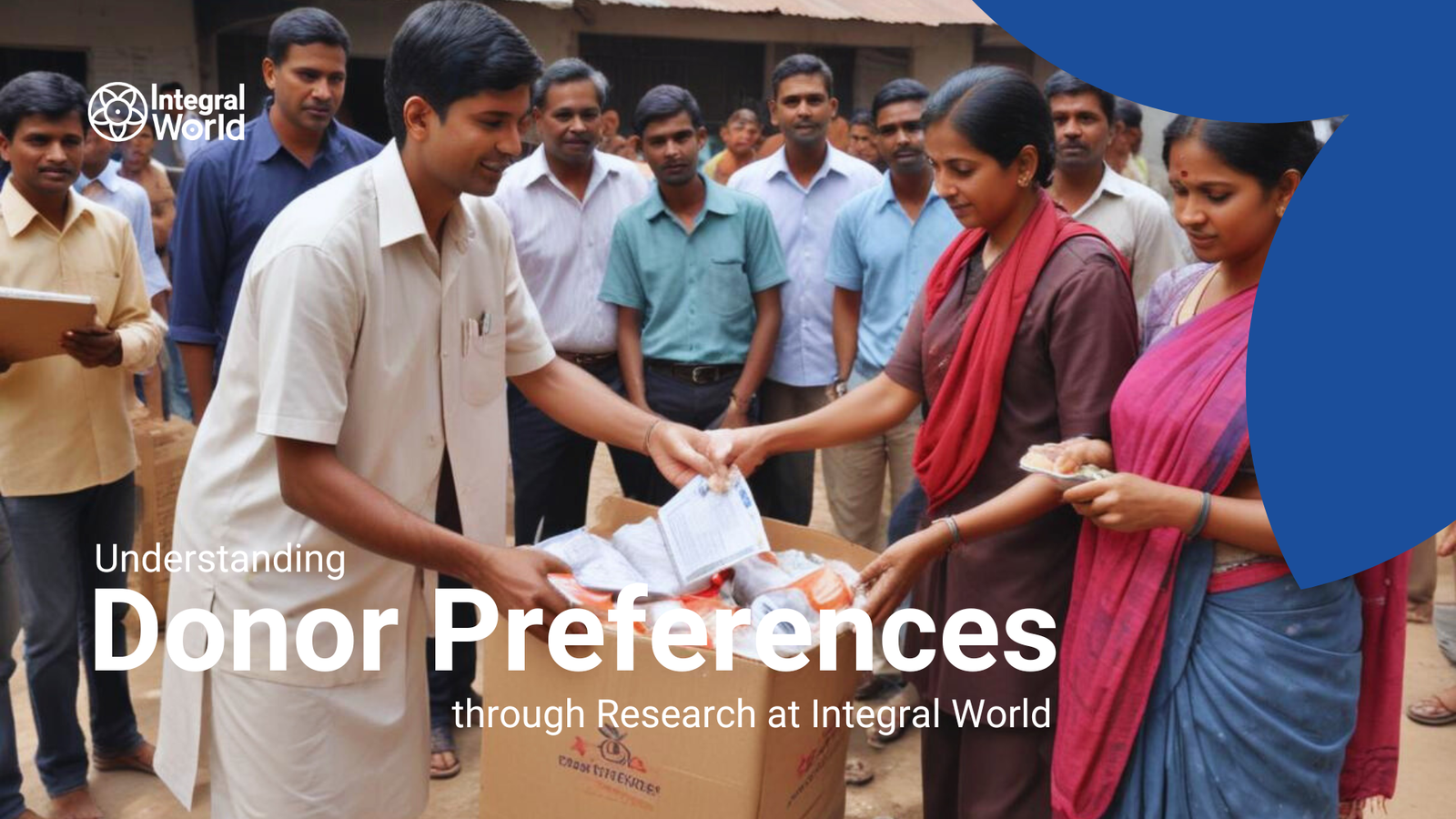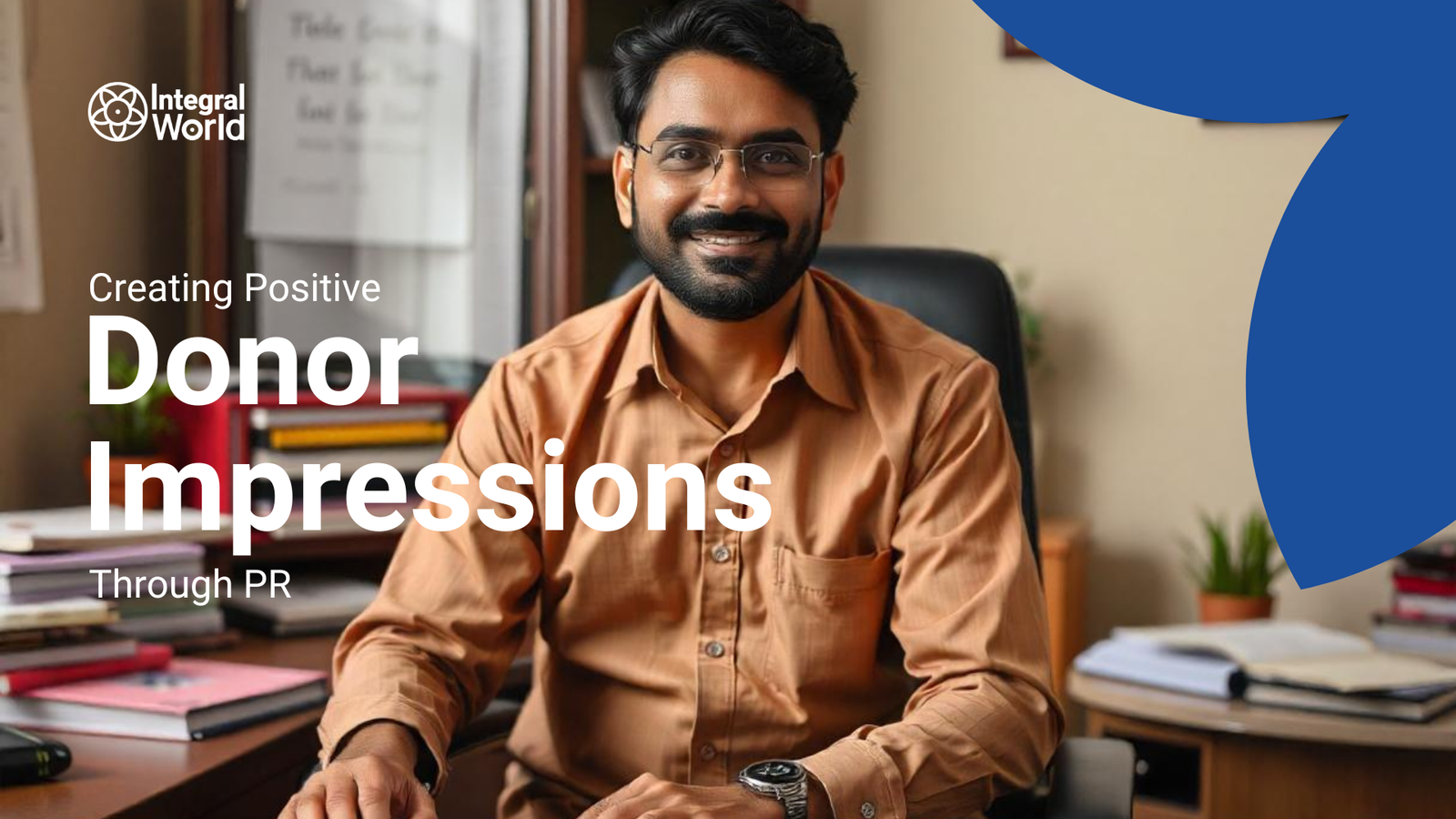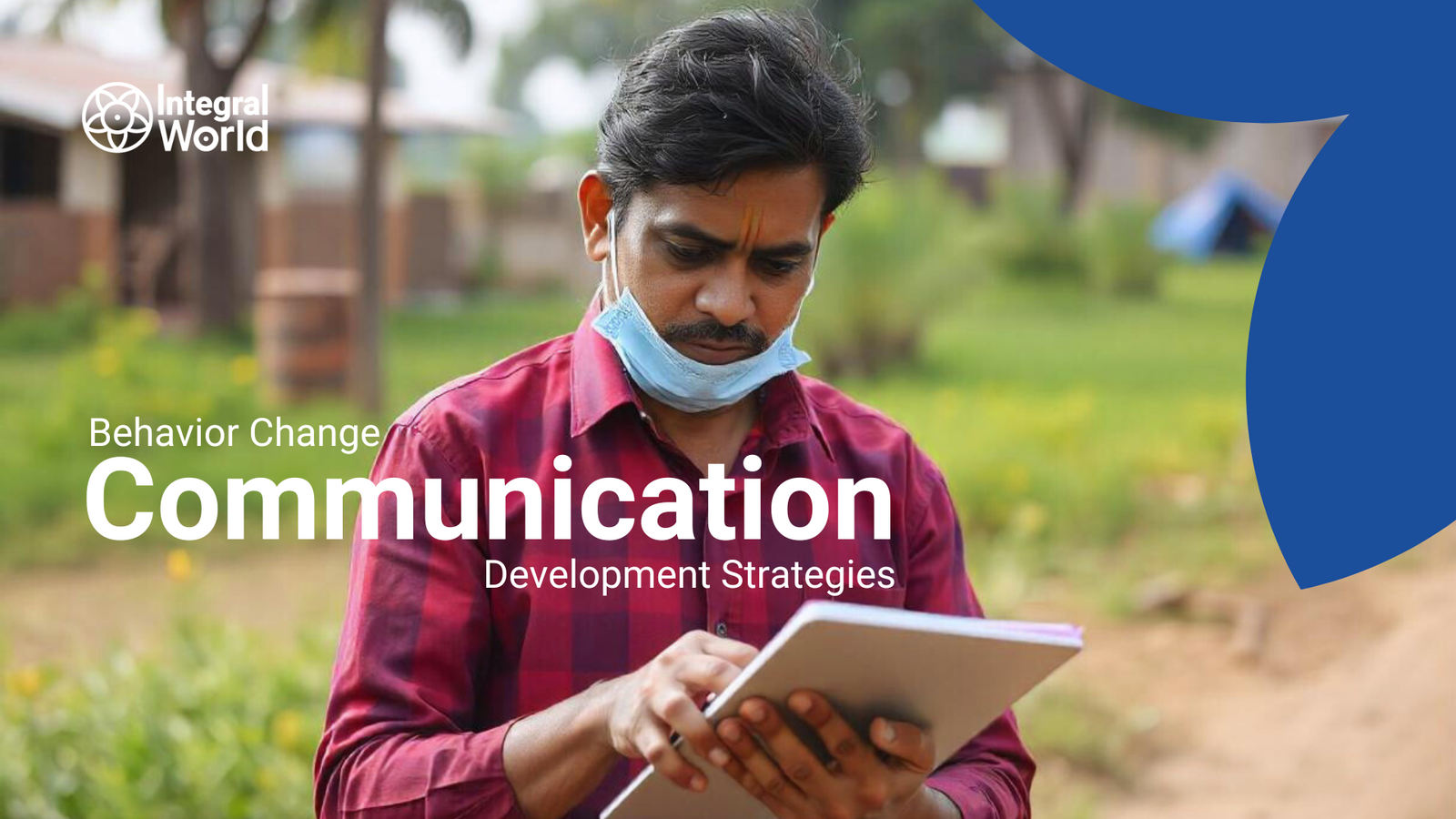Boost your nonprofit’s impact with tailored solutions & strategic marketing insights. Integral World guides you toward community-driven success
Continue readingUsing Influencing Items to Shape Public Perception
This article examines how strategic workshops and training programs can reshape public perception, driving growth and empowerment through detailed examples, success stories, and expert insights for organizations.
Continue readingBest Practices in Evaluation Methodologies for Social Work
Discover how Integral World uses evaluation to ensure program effectiveness, transparency, and continuous improvement in sustainable development
Continue readingEffective Channels and Deliverables for Community Engagement
Community engagement is key to sustainability. This article guides organizations like Integral World in choosing the best channels and deliverables to build connections, boost participation, and achieve long-term goals.
Continue readingRecognizing Optimal Locations for Development Programs
Integral World emphasizes strategic location selection for development programs, enhancing sustainability and community impact through data-driven insights.
Continue readingDeveloping Effective Community Engagement Tools & Kits
Community involvement boosts development project success. Explore practical tips and Integral World’s expertise in engaging local populations.
Continue readingUnderstanding Donor Preferences through Research
Understanding donor preferences and involving communities are key to sustainable non-profit programs. Discover practical strategies and real-world examples in this guide from Integral World.
Continue readingCreating Positive Donor Impressions through PR:
Learn how non-profits can build donor trust with authentic PR, real-life examples, and leadership tips from Integral World
Continue readingBehavior Change Communication: Development Strategies
Learn how Behavior Change Communication strategies, practical tips, and real-life case studies drive Integral World’s sustainable development goals.
Continue readingDeveloping Informative IEC Modules
Learn how to create effective IEC modules that inspire behavior change and empower communities to act.
Continue reading
